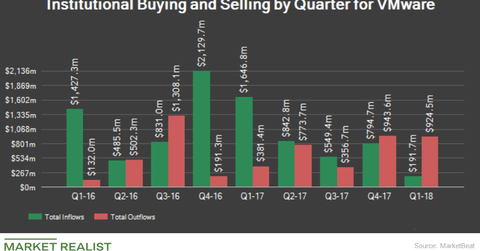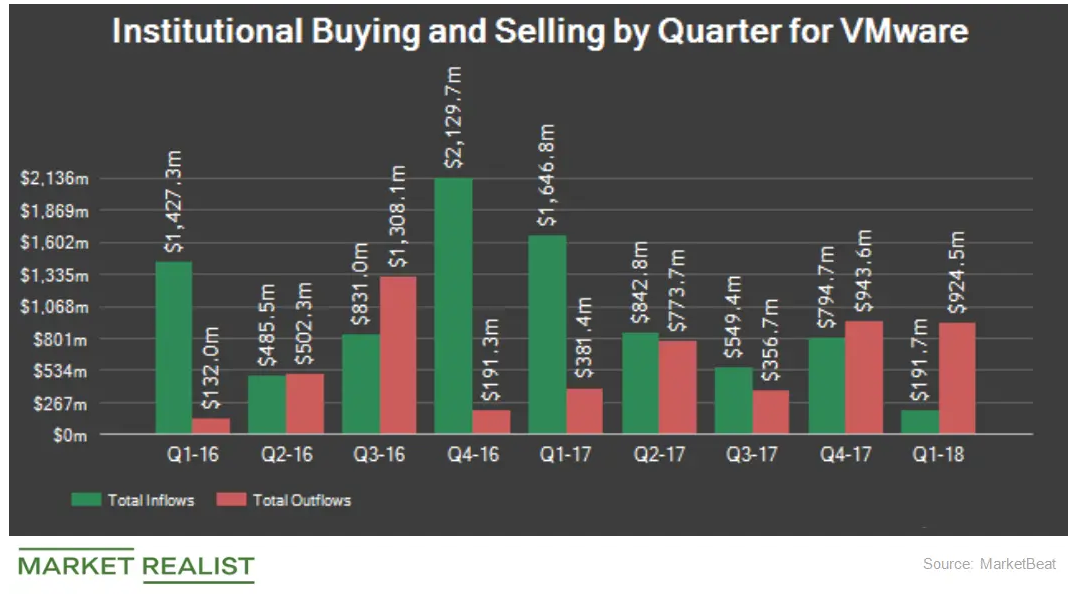What Do VMware’s RSI and Beta Indicate?
VMware’s 14-day RSI is 49, indicating that the stock is neither overbought nor oversold.
May 3 2021, Updated 11:05 a.m. ET

VMware’s RSI
In the previous part of this series, we looked at VMware’s (VMW) stockholder returns and MACD (moving average convergence divergence). Now let’s have a look at its RSI (relative strength index).
VMware’s 14-day RSI is 49, indicating that the stock is neither overbought nor oversold. If an RSI is above 70, it indicates that a company’s stock has been overbought and may decline soon. An RSI figure below 30 suggests that a company’s stock has been oversold and may rise in the near future. It’s worth noting that sudden large share price movements can create false sell or buy signals in RSI.

VMware’s ATR and volatility
ATR (average true range) is another indicator that investors and traders use in technical analysis to determine the volatility of a stock. The metric helps align investment choices in accordance with the risk profile.
VMware’s ATR value is ~3.3. A stock’s ATR is the difference between the high and low price on any given day. It provides information about the stock’s volatility. Large ranges depict high volatility, while small ranges indicate low volatility.
VMware’s stock has a beta of 0.46, indicating that the stock is less volatile than the overall market. When the beta is less than 1.0, it’s usually interpreted as the stock being theoretically less volatile than the overall market.
